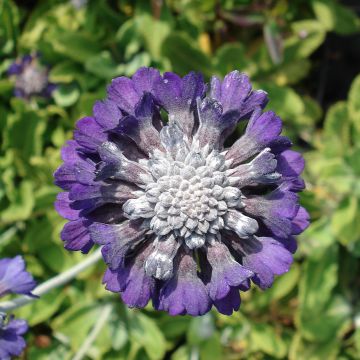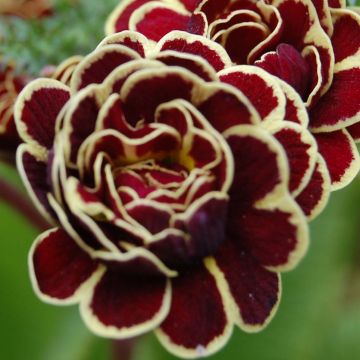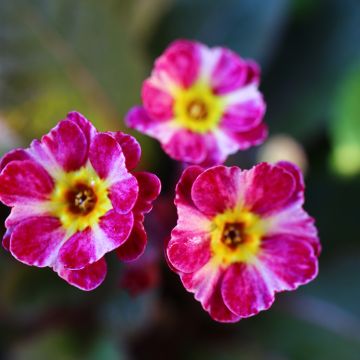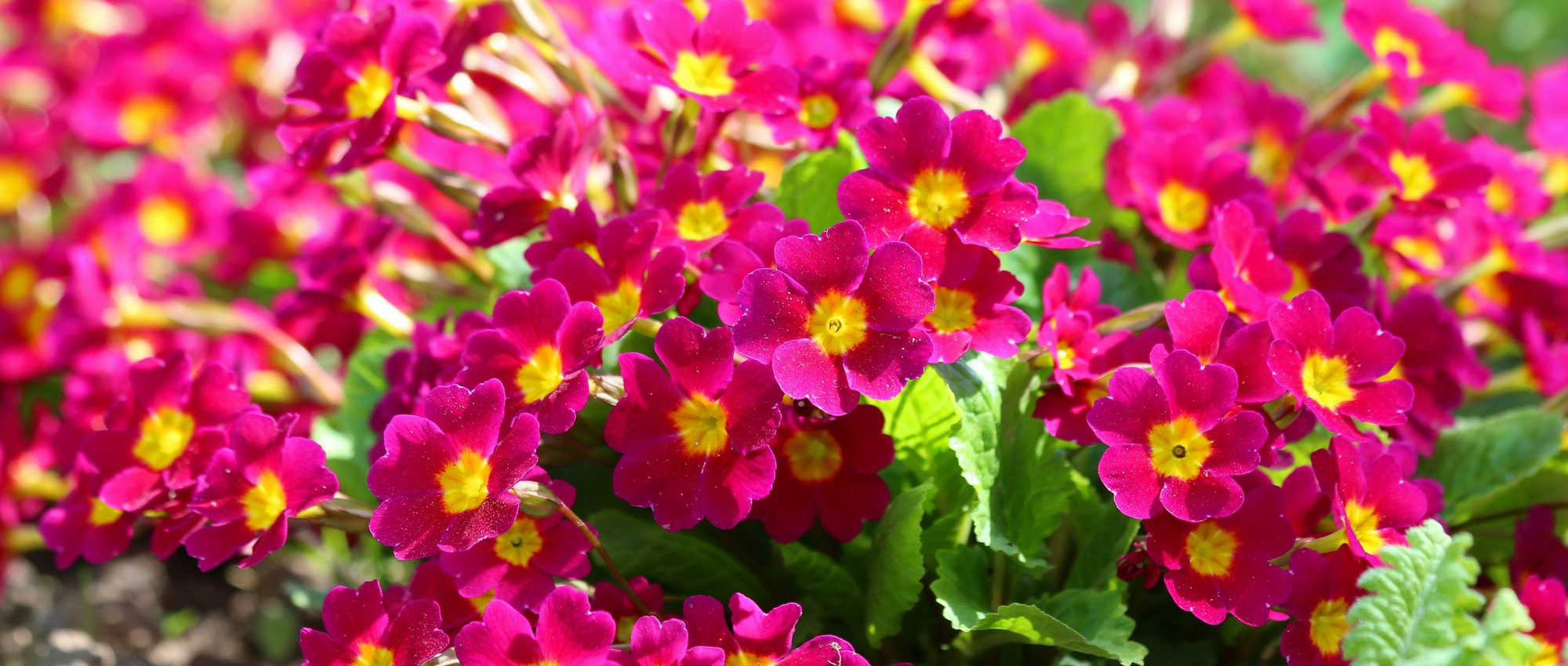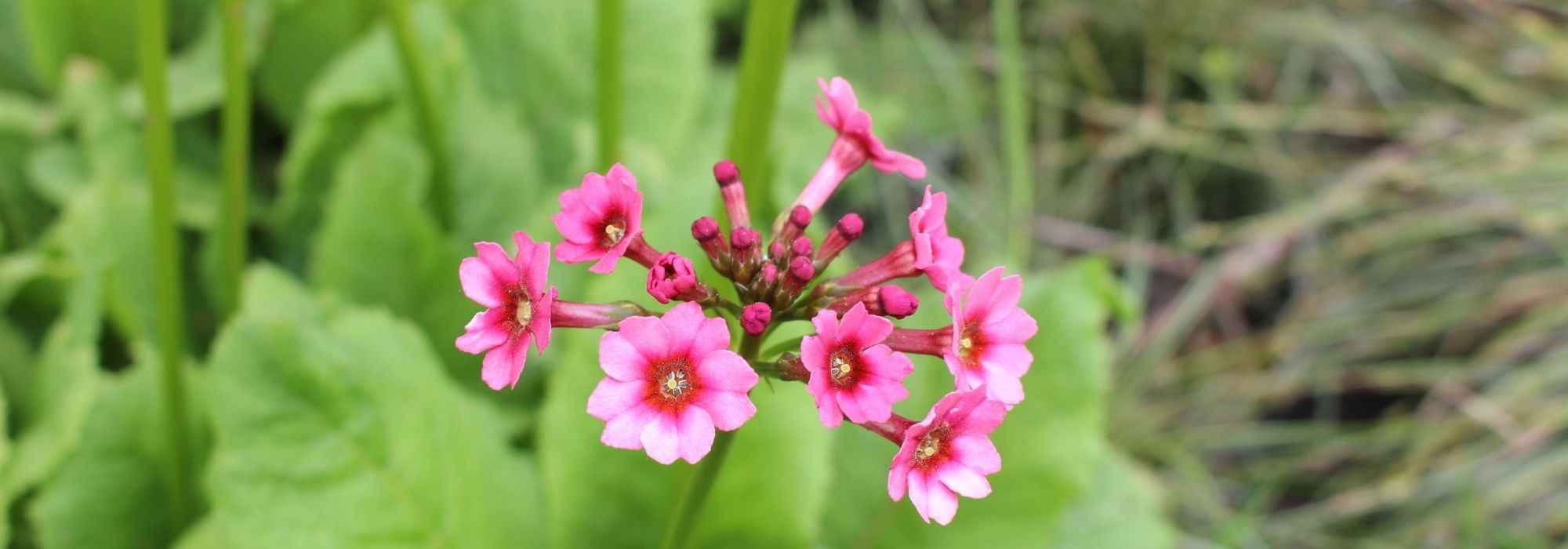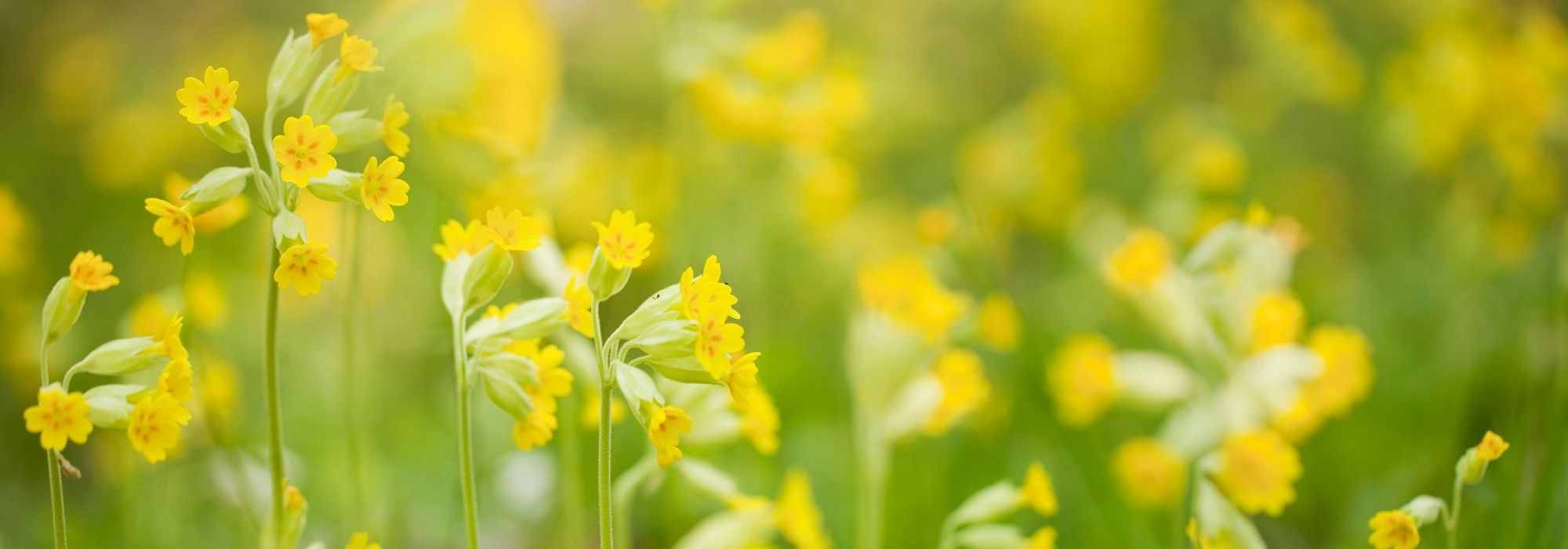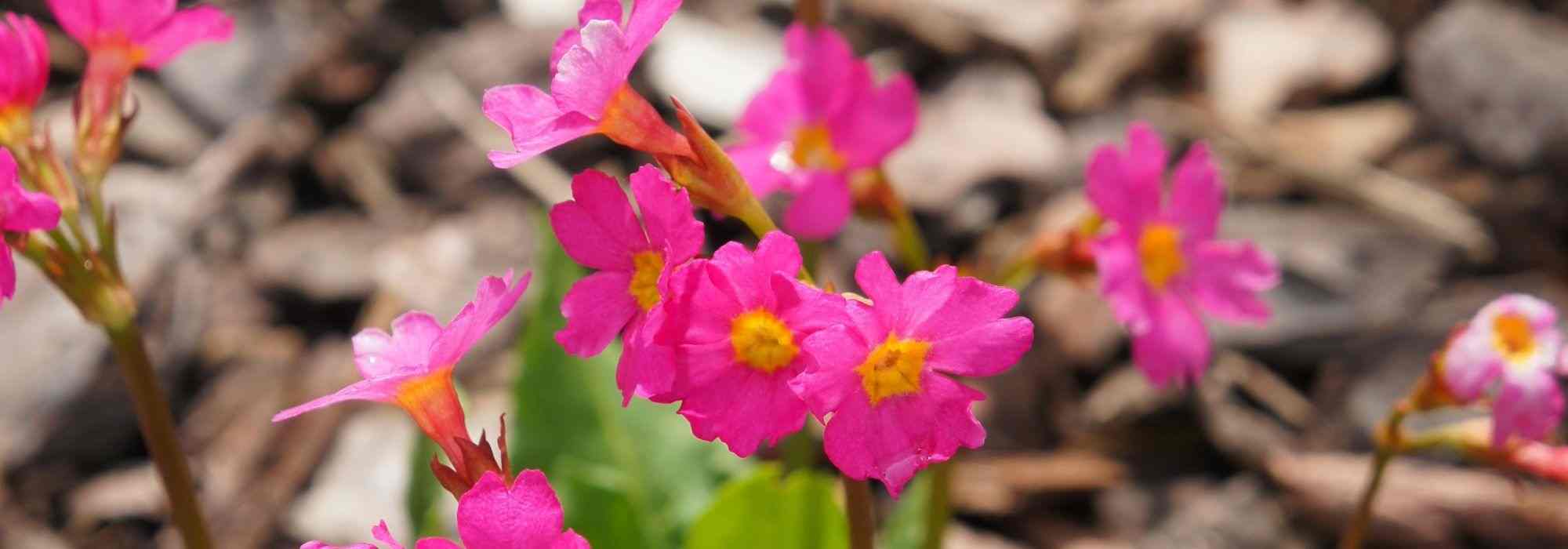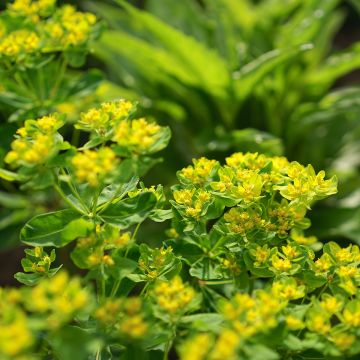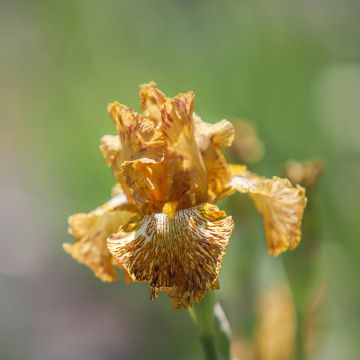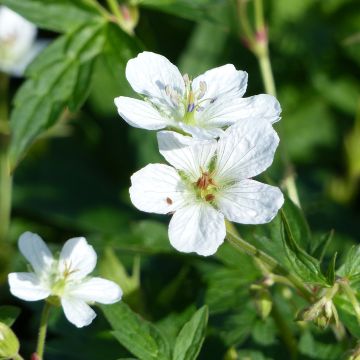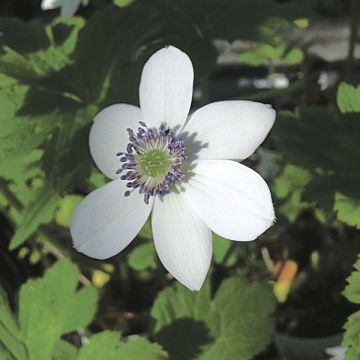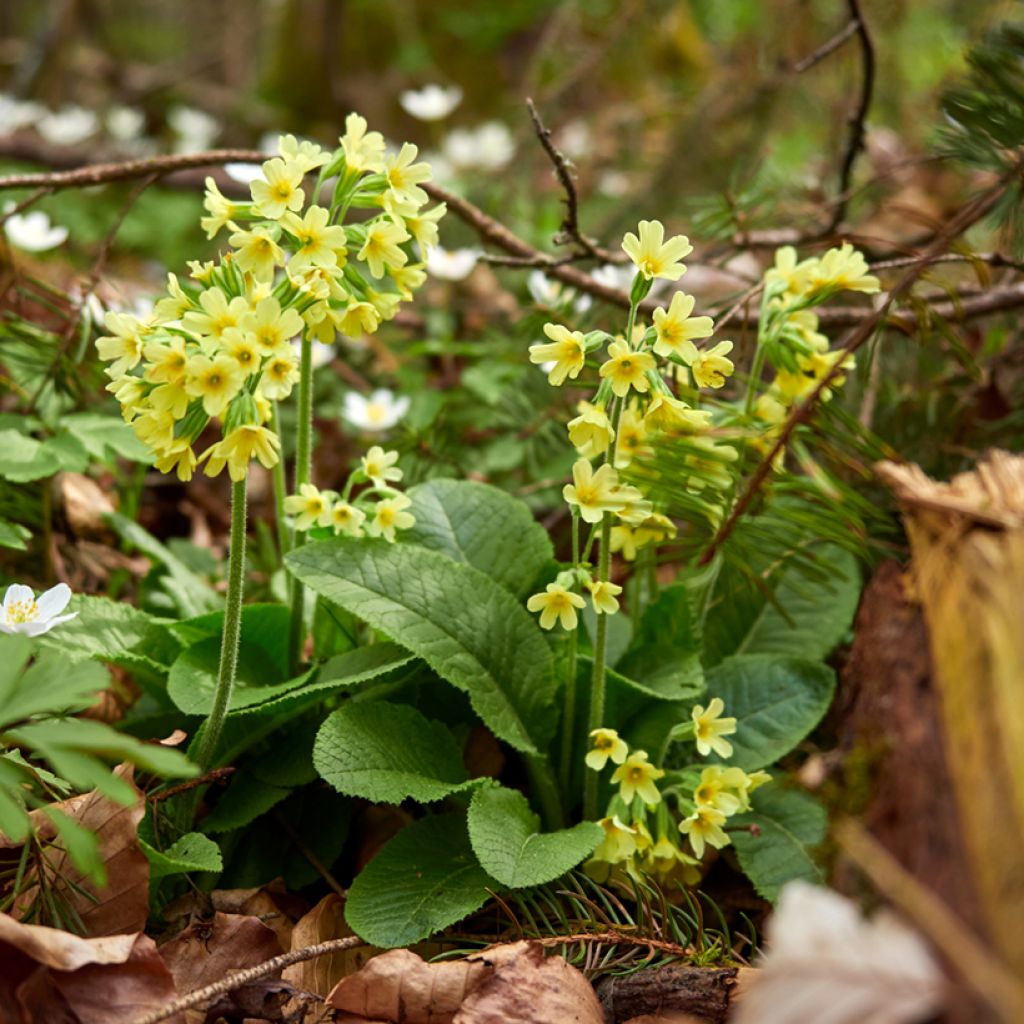

Primula elatior Double Rubens - Oxlip
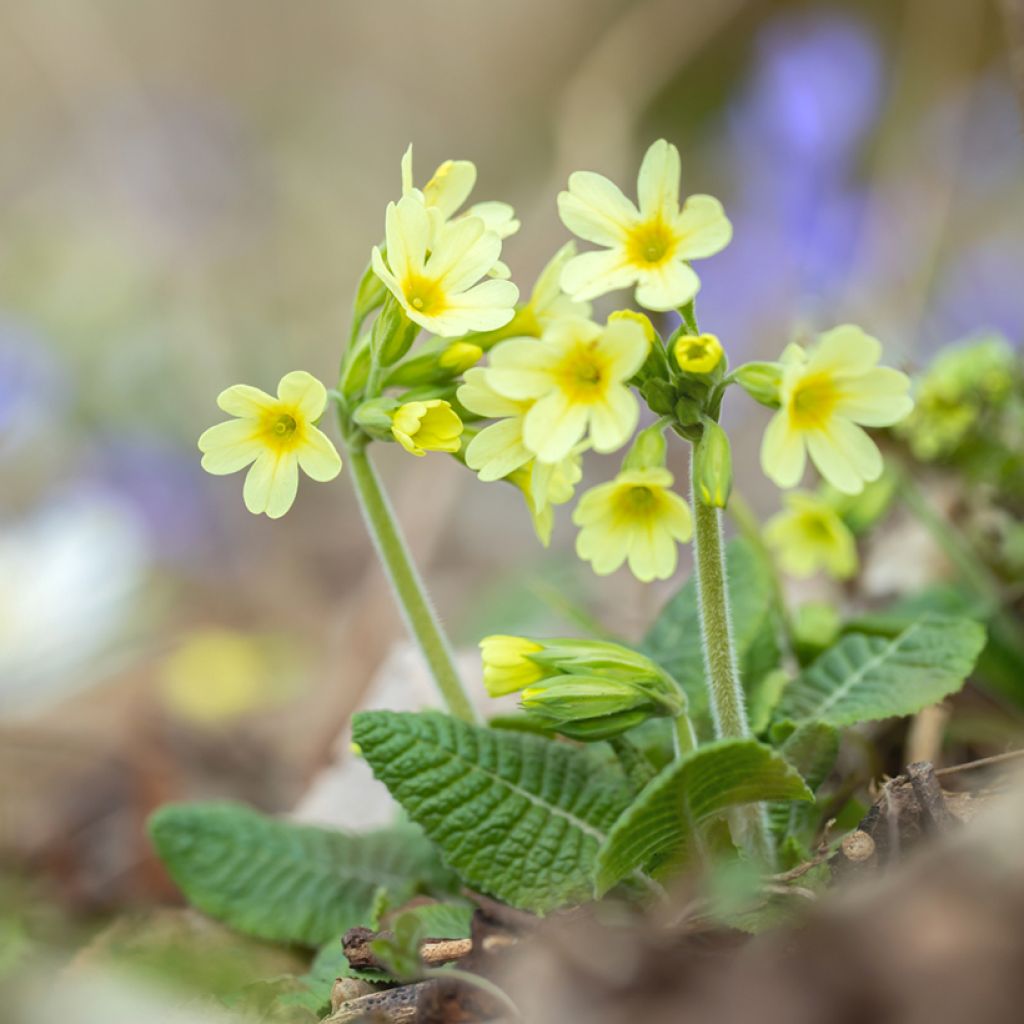

Primula elatior Double Rubens - Oxlip
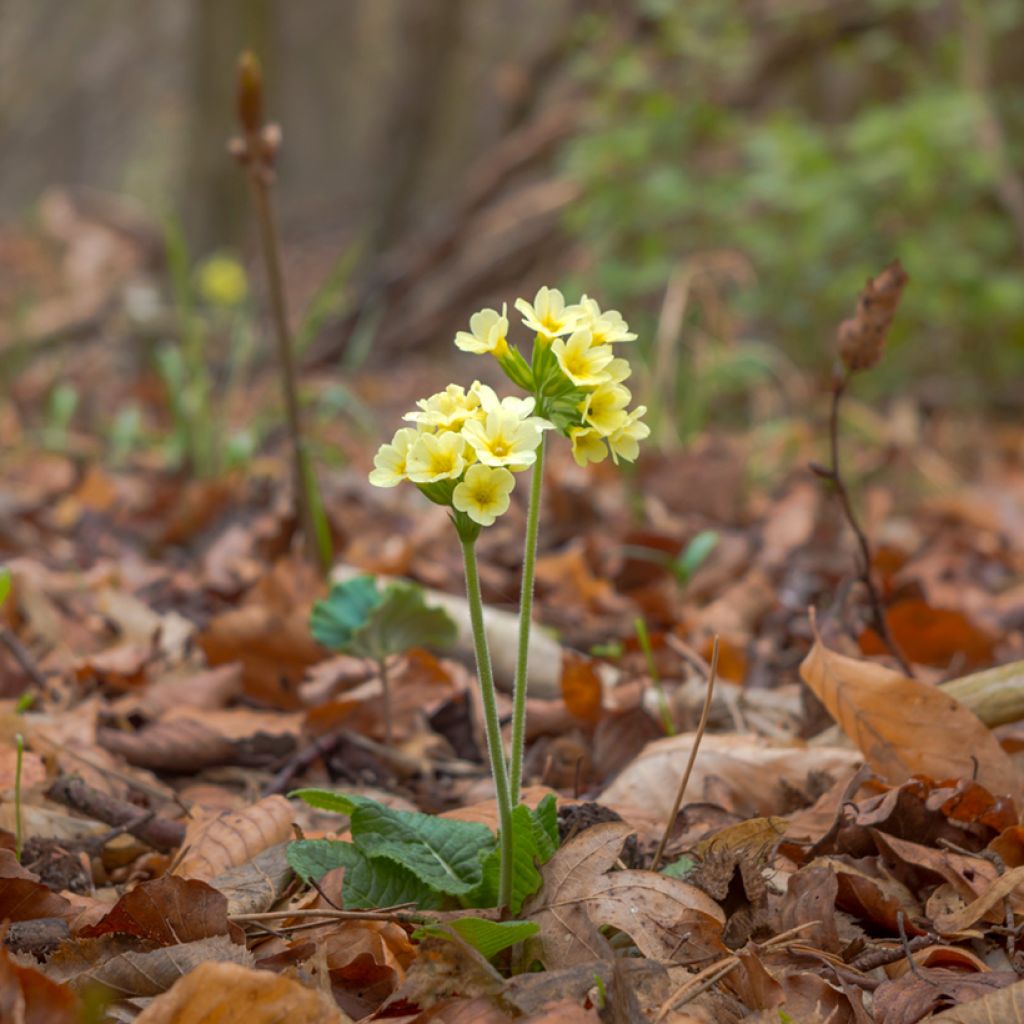

Primula elatior Double Rubens - Oxlip
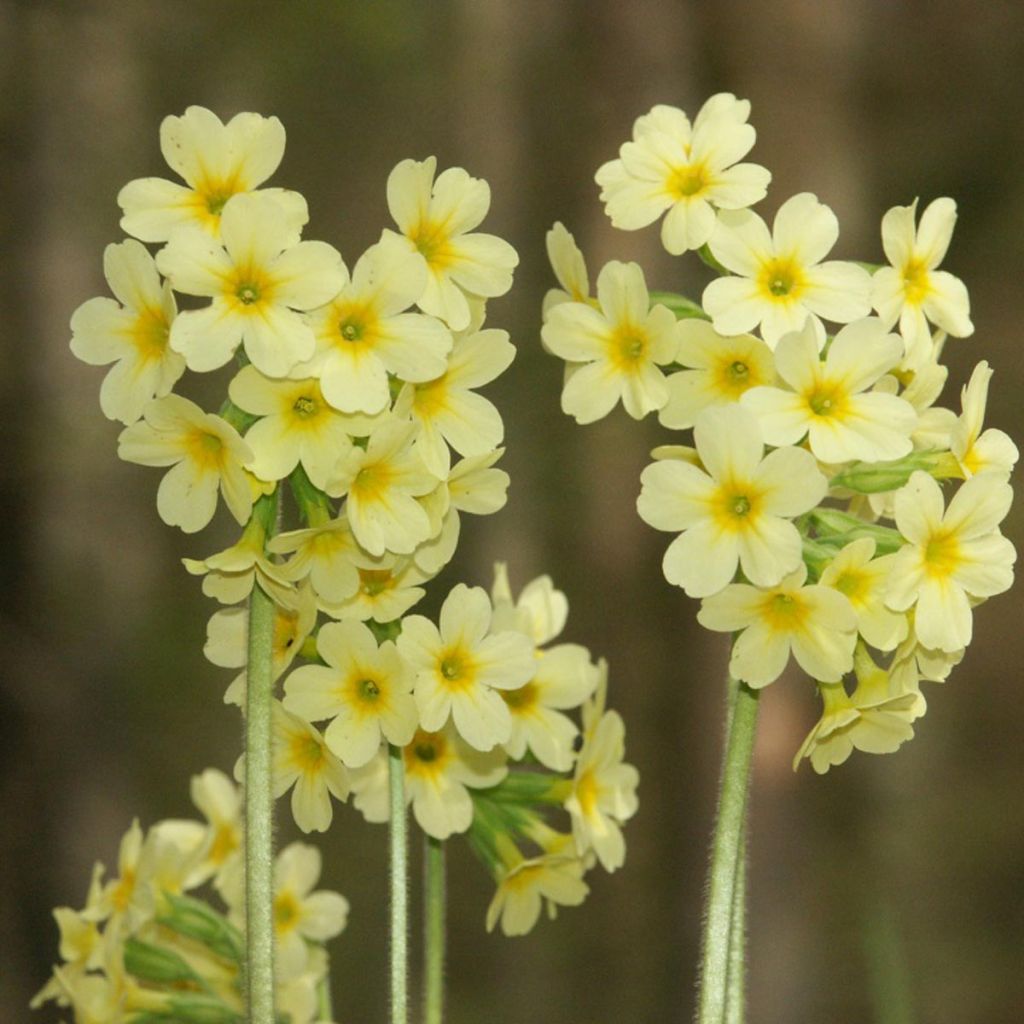

Primula elatior Double Rubens - Oxlip
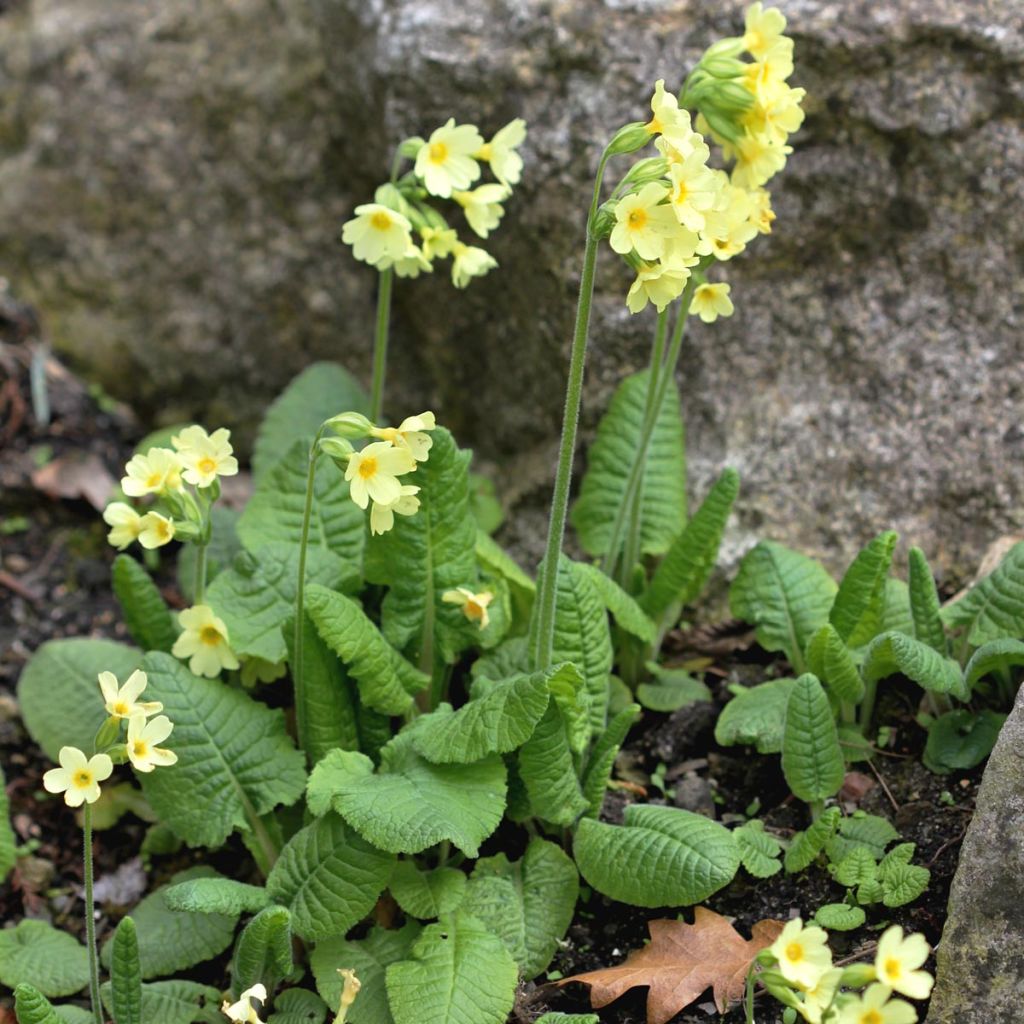

Primula elatior Double Rubens - Oxlip
Primula elatior Double Rubens - Oxlip
Primula elatior double Rubens
Oxlip, True Oxlip, Wood Primrose, Wood Cowslip
Hello, this is the second order of primrose, the necks have joined their friends. The parcel arrived quickly in perfect condition, I am pleased with my purchases from you.
Evelyne, 12/02/2023
Special offer!
Receive a €20 voucher for any order over €90 (excluding delivery costs, credit notes, and plastic-free options)!
1- Add your favorite plants to your cart.
2- Once you have reached €90, confirm your order (you can even choose the delivery date!).
3- As soon as your order is shipped, you will receive an email containing your voucher code, valid for 3 months (90 days).
Your voucher is unique and can only be used once, for any order with a minimum value of €20, excluding delivery costs.
Can be combined with other current offers, non-divisible and non-refundable.
Home or relay delivery (depending on size and destination)
Schedule delivery date,
and select date in basket
This plant carries a 12 months recovery warranty
More information
We guarantee the quality of our plants for a full growing cycle, and will replace at our expense any plant that fails to recover under normal climatic and planting conditions.


Would this plant suit my garden?
Set up your Plantfit profile →
Description
The Wood Primrose, better known as the oxslip, is a perennial herbaceous plant that blooms early in the spring between March and May. This flowering cheerfully announces the arrival of sunny days and composes the first bouquets. It is a woodland plant that easily settles in the garden with a semi-shaded exposure.
The sulphur yellow flowers of Primula elatior are borne above semi-evergreen leaves, 10-20cm (4-8in) long, oval-oblong in shape, medium green, wavy and covered with soft hairs on the underside. The erect rigid stems bear unilateral multiflower umbels consisting of 2 to 12 flowers. The genus name comes from the Latin word "primus" which means "first" and refers to the early flowering period of the best-known primroses species.
This elegant flower is often found in woodlands, fresh meadows or embankments. It is mainly present in Western and Central Europe, in the northeastern quarter of France. It is rare in the southeast and some western regions, and absent along the Mediterranean coast.
The primrose generally prefers a semi-shaded location and a non-scorching exposure. It likes humus-rich and moist soils, without stagnant moisture in winter. It is perfect for creating a natural and countryside atmosphere in a garden that is a bit too formal.
Like P.veris and P.vulgaris, its leaves and flowers have medicinal properties and can be consumed raw or cooked. In particular, primrose flower tea helps to relieve chesty coughs.
The primrose pairs well with forget-me-nots, bleeding hearts, and aubrietas, and accompanies the spring flowering bulbs such as crocuses, daffodils, or tulips.
Primula elatior Double Rubens - Oxlip in pictures
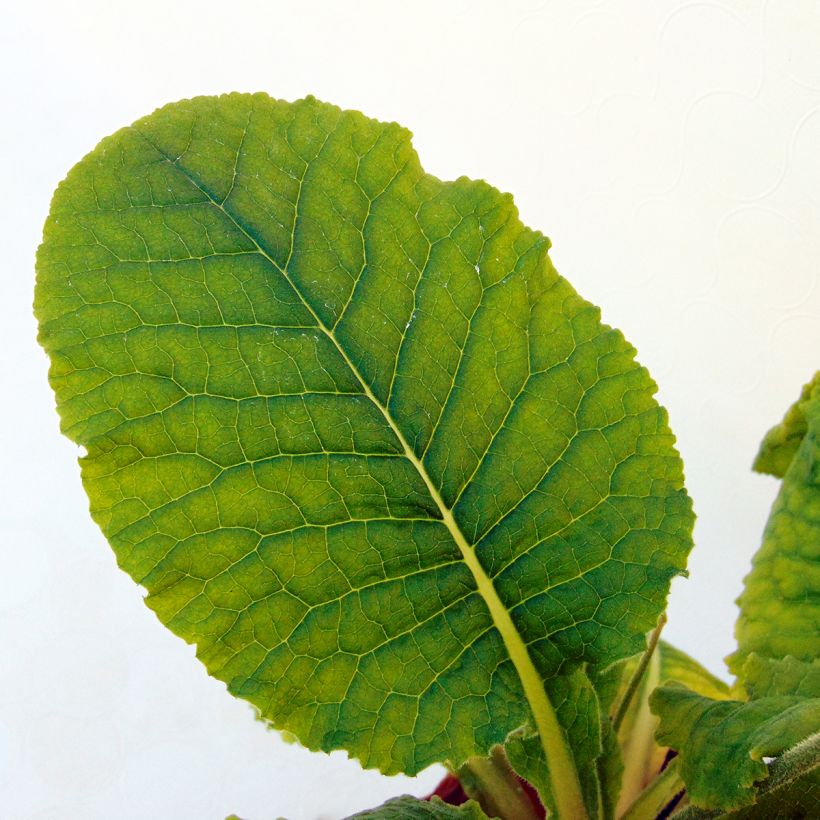

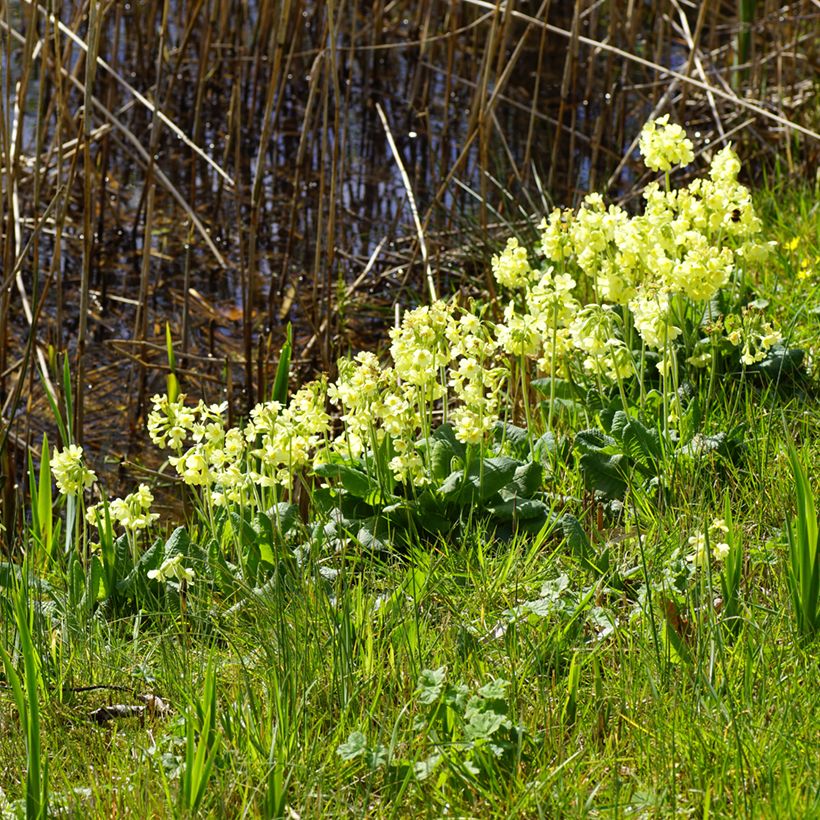

Flowering
Foliage
Plant habit
Botanical data
Primula
elatior
double Rubens
Primulaceae
Oxlip, True Oxlip, Wood Primrose, Wood Cowslip
Caucasus
Other Primula - Primroses
View all →Planting and care
Primula eliator generally prefers a cool and humus-rich spot. The soil should remain moist without being waterlogged, the young plants should not dry out in summer, so choose a location in the shade of a tree or in a leafy bed or hedge, this way, the summer shade will ensure the longevity of your planting. Install the primrose between October and March, outside the freezing period, with a mix of soil and compost; an organic contribution based on manure is appreciated. Water regularly at the beginning if it doesn't rain. Do not plant the primroses too deeply as they are prone to heart rot.
Planting period
Intended location
Care
Planting & care advice
-
, onOrder confirmed
Reply from on Promesse de fleurs
Similar products
Haven't found what you were looking for?
Hardiness is the lowest winter temperature a plant can endure without suffering serious damage or even dying. However, hardiness is affected by location (a sheltered area, such as a patio), protection (winter cover) and soil type (hardiness is improved by well-drained soil).

Photo Sharing Terms & Conditions
In order to encourage gardeners to interact and share their experiences, Promesse de fleurs offers various media enabling content to be uploaded onto its Site - in particular via the ‘Photo sharing’ module.
The User agrees to refrain from:
- Posting any content that is illegal, prejudicial, insulting, racist, inciteful to hatred, revisionist, contrary to public decency, that infringes on privacy or on the privacy rights of third parties, in particular the publicity rights of persons and goods, intellectual property rights, or the right to privacy.
- Submitting content on behalf of a third party;
- Impersonate the identity of a third party and/or publish any personal information about a third party;
In general, the User undertakes to refrain from any unethical behaviour.
All Content (in particular text, comments, files, images, photos, videos, creative works, etc.), which may be subject to property or intellectual property rights, image or other private rights, shall remain the property of the User, subject to the limited rights granted by the terms of the licence granted by Promesse de fleurs as stated below. Users are at liberty to publish or not to publish such Content on the Site, notably via the ‘Photo Sharing’ facility, and accept that this Content shall be made public and freely accessible, notably on the Internet.
Users further acknowledge, undertake to have ,and guarantee that they hold all necessary rights and permissions to publish such material on the Site, in particular with regard to the legislation in force pertaining to any privacy, property, intellectual property, image, or contractual rights, or rights of any other nature. By publishing such Content on the Site, Users acknowledge accepting full liability as publishers of the Content within the meaning of the law, and grant Promesse de fleurs, free of charge, an inclusive, worldwide licence for the said Content for the entire duration of its publication, including all reproduction, representation, up/downloading, displaying, performing, transmission, and storage rights.
Users also grant permission for their name to be linked to the Content and accept that this link may not always be made available.
By engaging in posting material, Users consent to their Content becoming automatically accessible on the Internet, in particular on other sites and/or blogs and/or web pages of the Promesse de fleurs site, including in particular social pages and the Promesse de fleurs catalogue.
Users may secure the removal of entrusted content free of charge by issuing a simple request via our contact form.
The flowering period indicated on our website applies to countries and regions located in USDA zone 8 (France, the United Kingdom, Ireland, the Netherlands, etc.)
It will vary according to where you live:
- In zones 9 to 10 (Italy, Spain, Greece, etc.), flowering will occur about 2 to 4 weeks earlier.
- In zones 6 to 7 (Germany, Poland, Slovenia, and lower mountainous regions), flowering will be delayed by 2 to 3 weeks.
- In zone 5 (Central Europe, Scandinavia), blooming will be delayed by 3 to 5 weeks.
In temperate climates, pruning of spring-flowering shrubs (forsythia, spireas, etc.) should be done just after flowering.
Pruning of summer-flowering shrubs (Indian Lilac, Perovskia, etc.) can be done in winter or spring.
In cold regions as well as with frost-sensitive plants, avoid pruning too early when severe frosts may still occur.
The planting period indicated on our website applies to countries and regions located in USDA zone 8 (France, United Kingdom, Ireland, Netherlands).
It will vary according to where you live:
- In Mediterranean zones (Marseille, Madrid, Milan, etc.), autumn and winter are the best planting periods.
- In continental zones (Strasbourg, Munich, Vienna, etc.), delay planting by 2 to 3 weeks in spring and bring it forward by 2 to 4 weeks in autumn.
- In mountainous regions (the Alps, Pyrenees, Carpathians, etc.), it is best to plant in late spring (May-June) or late summer (August-September).
The harvesting period indicated on our website applies to countries and regions in USDA zone 8 (France, England, Ireland, the Netherlands).
In colder areas (Scandinavia, Poland, Austria...) fruit and vegetable harvests are likely to be delayed by 3-4 weeks.
In warmer areas (Italy, Spain, Greece, etc.), harvesting will probably take place earlier, depending on weather conditions.
The sowing periods indicated on our website apply to countries and regions within USDA Zone 8 (France, UK, Ireland, Netherlands).
In colder areas (Scandinavia, Poland, Austria...), delay any outdoor sowing by 3-4 weeks, or sow under glass.
In warmer climes (Italy, Spain, Greece, etc.), bring outdoor sowing forward by a few weeks.

































